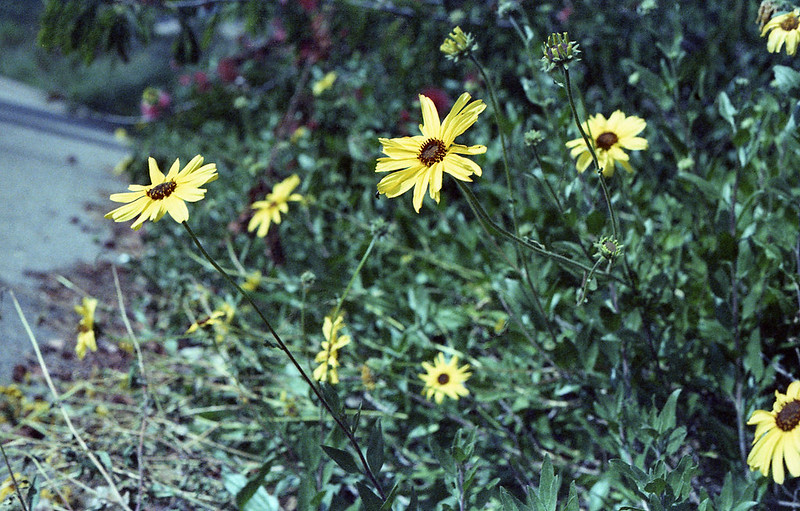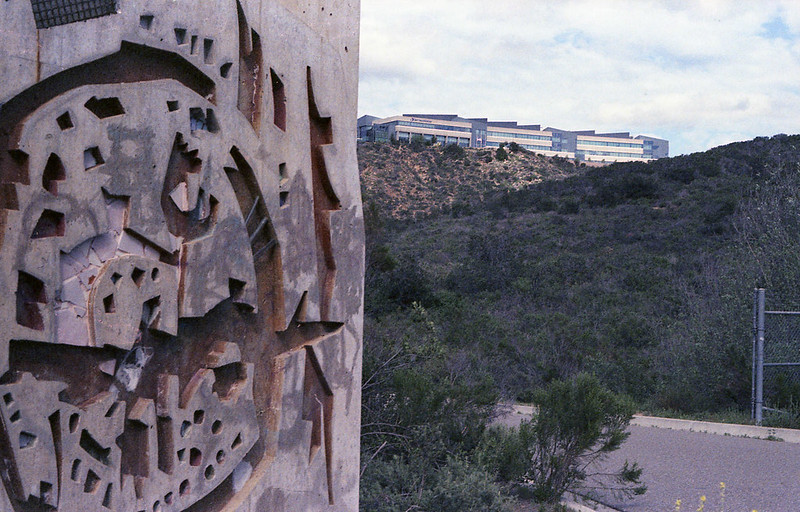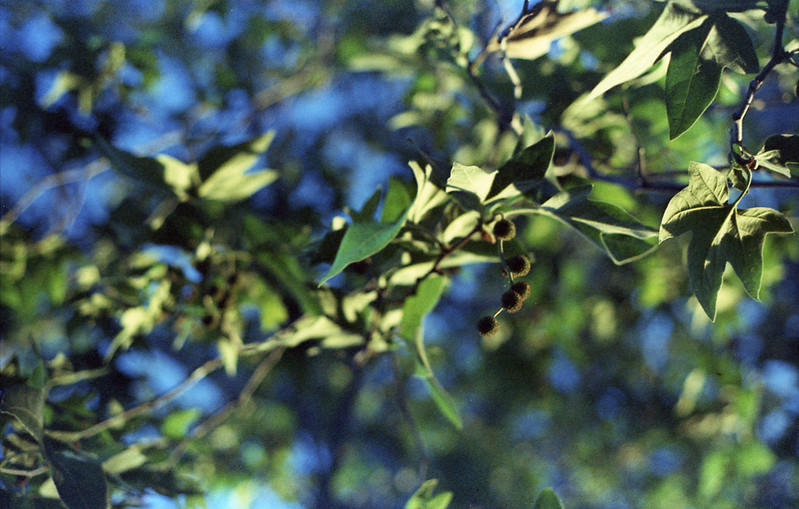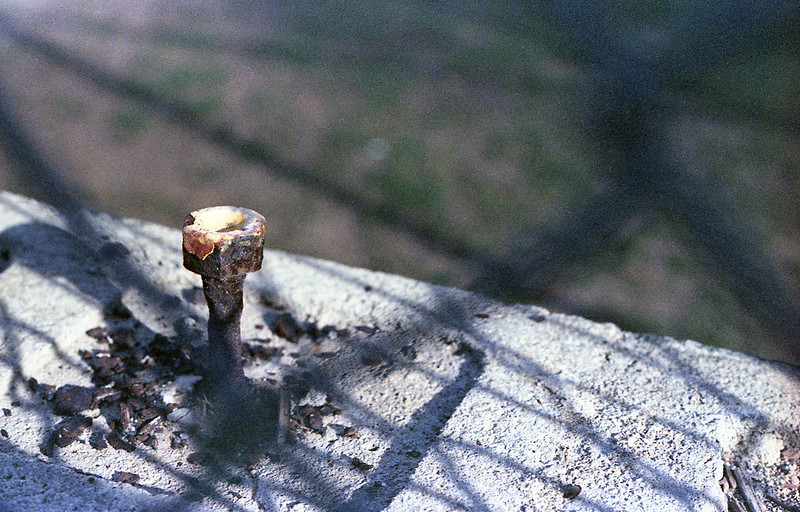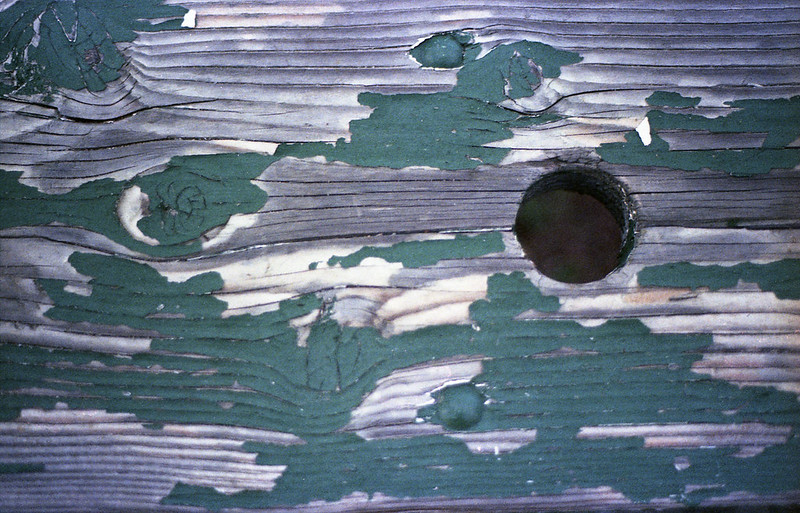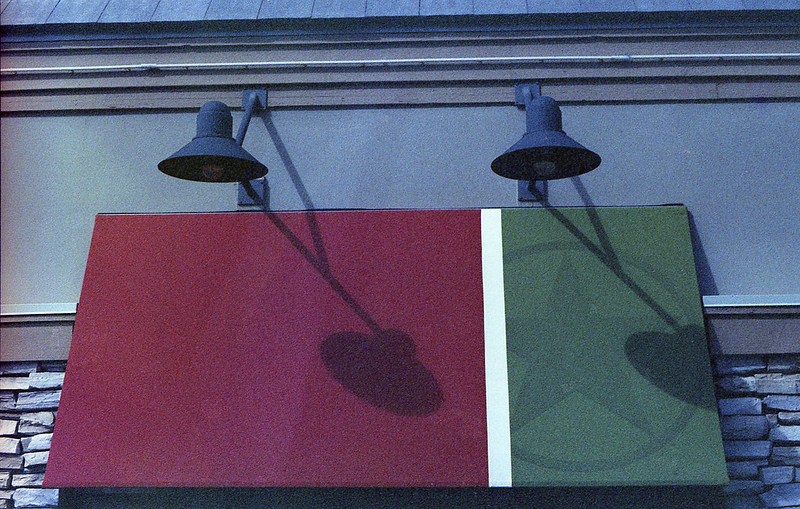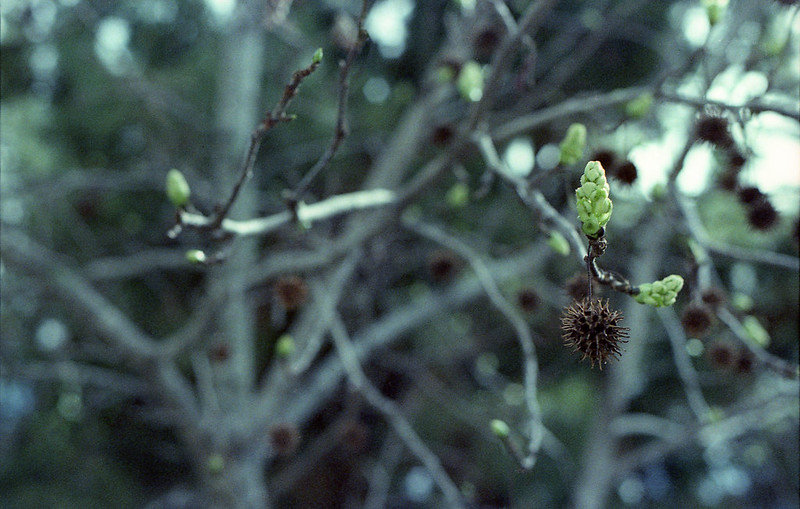I use lots of different films. Mostly because I am cheap and will take just about anything I find at a bargain. So my photography doesn't really have a consistent "look". That bothers me sometimes and then not at other times. Today it isn't bothering me. I just got done scanning four rolls of film and so I am a little excited about what I got. Scanning film is on one hand really tedious, but on the other hand it's like being a kid again on Christmas morning. The first time I see the negatives in inverted color, I get that sort of 'awe' feeling inside. It is surprise and delight and relief all in one.
I had 3 rolls of 35mm film and one of 120. The 35mm was all Kodak Ektachrome Slide Duplicating Film that had expired back in 1981. The 120 was fresh Kodak Portra 160. I had developed them all in Unicolor C-41 chemistry which is 'right' for the Portra, but 'cross' for the Ektachrome. Read more of my Adventures in Cross Processing here. So why am I making yet another post about this technique with the same old film?? Well the point here is to compare fresh negative film with expired slide film using photos of the same subject(s). This isn't strictly scientific since the photos weren't taken at the same time of day or under any other strictly controlled conditions. If you want that level of technical correctness, you will have to look elsewhere. I do science for a living, so I'm in this for the fun of it. But it is worth a look just to compare.
First the photos on the fresh Portra 160. I used my Yashica Mat 124G to take these. This poor camera is barely clinging to life, but still takes pretty good photos.



Nice, huh? The colors are natural, the grain is quite fine. I could easily blow these up to 24x24 inches and hang them on my wall if I chose to. In short, it is everything we have come to expect from this exceptional film emulsion.
Next, the photos from my Chinon CP-5. This was the first time I had used this camera, and I am pretty pleased with the quality of the glass and the exposures all seem correct.



This film creates a (to my eye) VERY different look. The colors are shifted (even when 'corrected' by the scanner) and saturated a little bit. The grain is noticeable, but not obtrusive. I think it lends a bit of a painterly or 'pictorialist' quality to the photos. It is short of the 'hipster/lomography' look that I think has been a bit over-done (just my opinion).
The bottom line is that I like both sets of photos, but I slightly favor the Ektachrome. It's very subjective and my opinion is likely to flip flop over time. Whichever you like better, I hope you enjoy them and have fun shooting some expired slide film on your own sometime.
